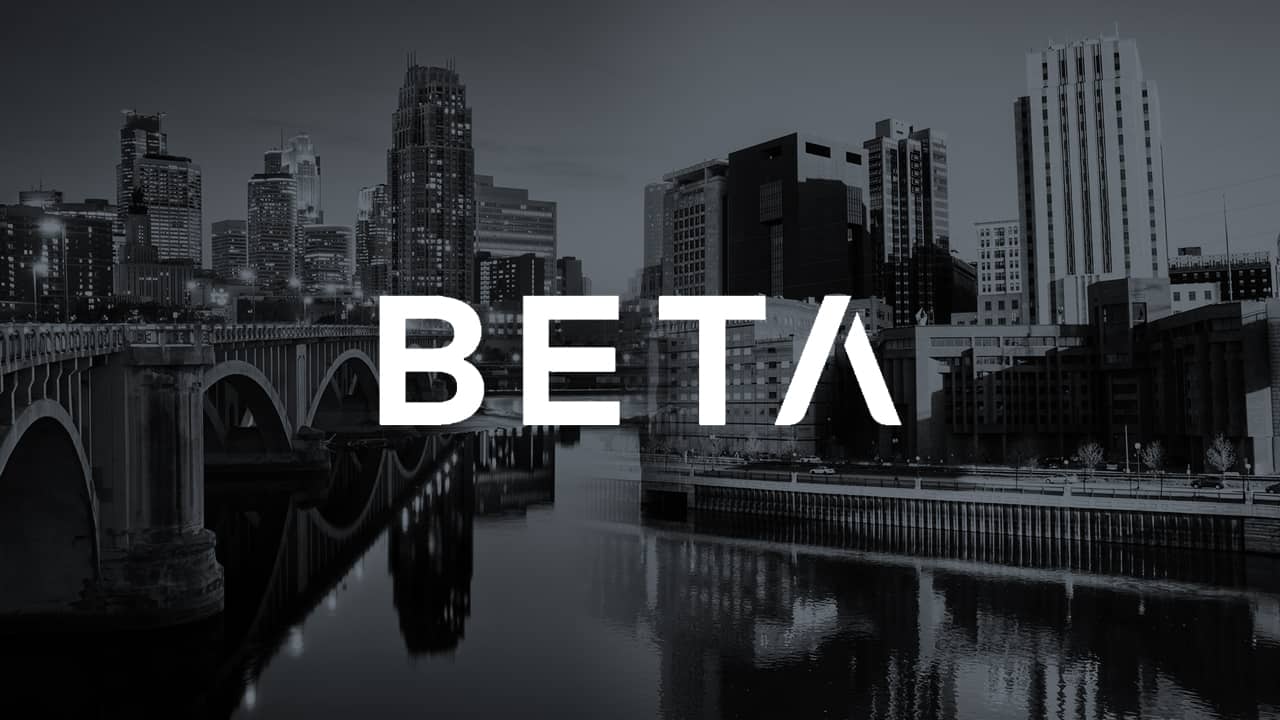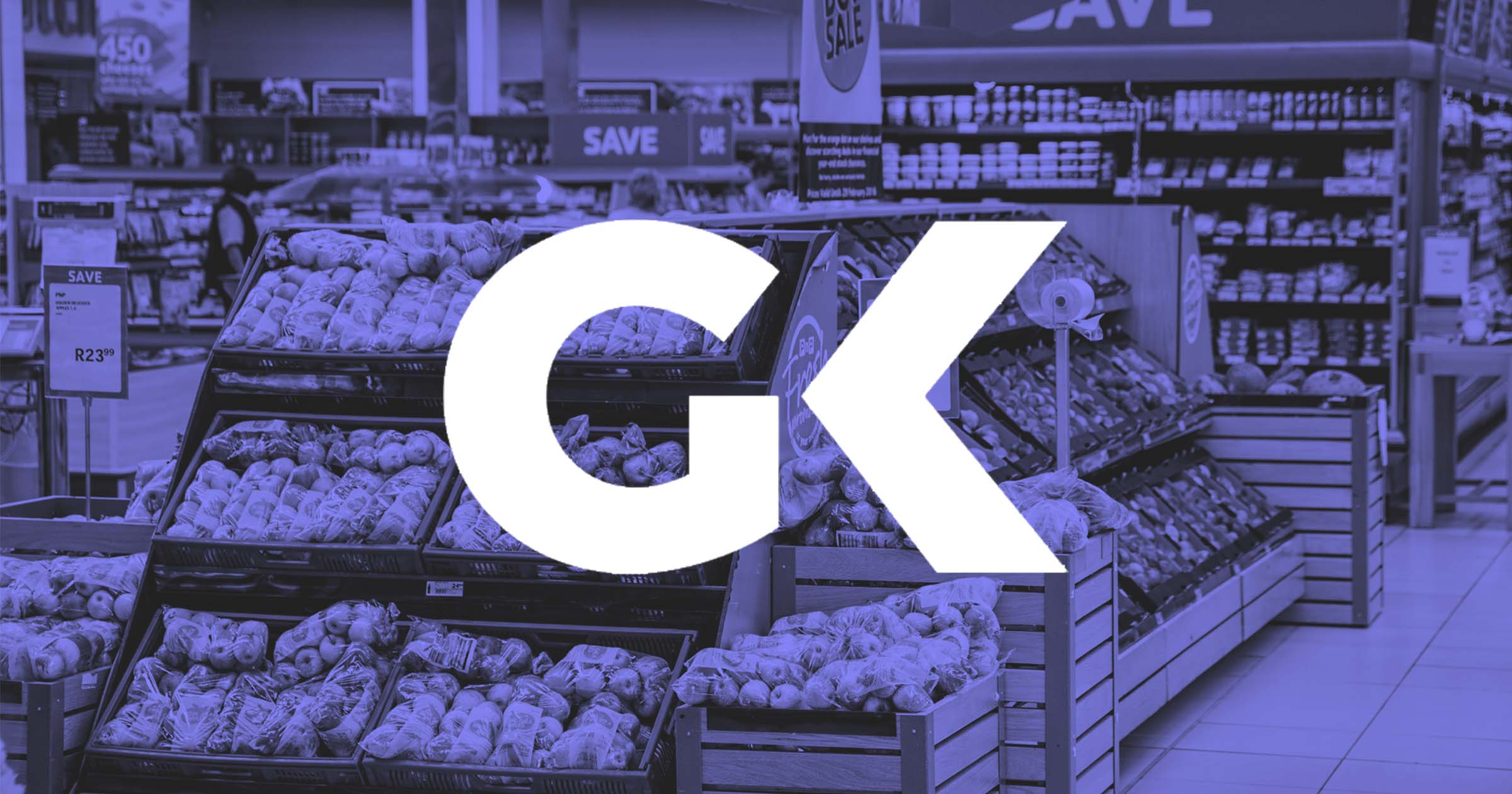Welcome to our latest FAQ Friday — eCommerce FAQ — where industry experts answer your burning technology and startup questions. We’ve gathered top Minnesota authorities on topics from software development to accounting to talent acquisition and everything in between. Check in each week, and submit your questions here.
This week’s FAQ Friday is sponsored by Coherent Solutions. Coherent Solutions is a software product development and consulting company that solves customer business problems by bringing together global expertise, innovation, and creativity. The business helps companies tap into the technology expertise and operational efficiencies made possible by their global delivery model.
Meet Our FAQ Expert
Max Belov, CTO of Coherent Solutions
 Max Belov has been with Coherent Solutions since 1998 and became CTO in 2001. He is an accomplished architect and an expert in distributed systems design and implementation. He’s responsible for guiding the strategic direction of the company’s technology services, which include custom software development, data services, DevOps & cloud, quality assurance, and Salesforce.
Max Belov has been with Coherent Solutions since 1998 and became CTO in 2001. He is an accomplished architect and an expert in distributed systems design and implementation. He’s responsible for guiding the strategic direction of the company’s technology services, which include custom software development, data services, DevOps & cloud, quality assurance, and Salesforce.
Max also heads innovation initiatives within Coherent’s R&D lab to develop emerging technology solutions. These initiatives provide customers with top notch technology solutions IoT, blockchain, and AI, among others. Find out more about these solutions and view client videos on the Coherent Solutions YouTube channel.
Max holds a master’s degree in Theoretical Computer Science from Moscow State University. When he isn’t working, he enjoys spending time with his family, on a racetrack, and playing competitive team handball.
This Week’s FAQ Topic – eCommerce
Who is best equipped to help our business launch an online site? What should I look for when hiring someone to help?
The best place to start when considering your online storefront is creating an internal checklist. Answer the following questions: How many products will I be selling? Can my products be customized or can some options (such as size, colors, add-ons) be selected when ordering? Can any products in my catalog be sold as subscriptions? Who is my target audience? Am I planning to feed other storefronts (amazon, google shopping)? How will I manage order fulfillment? Who are my shipping partners going to be? What integrations do I need to consider (ERP System, CRM system, Manufacturing systems, etc.)?
These questions help determine what effort will be required to produce your digital storefront and start asking the right questions for prospective vendors. You should look for vendors that specialize in eCommerce storefronts – and if you have a larger project, especially requiring integrations and extensive customizations – consider vendors with custom software and API experience.
I hear about so many platforms — which do I choose?
 A vendor will ultimately help you choose the right platform, but it is a good idea to start educating yourself on what is out there. There are cost-efficient, open-source options like Magento that can make fully extendable sites with millions of plugins. Quick launch solutions like Shopify, 3dCart, and BigCommerce allow you to pick a theme, upload products and go! You can find a vendor to help customize these as your needs grow. For more robust storefronts with multiple touchpoints – solutions like Salesforce Commerce Cloud, SAP Hybris, Digital River or finding a headless commerce solution (BigCommerce is a good option for this as well) can open a world of functionality and integrations.
A vendor will ultimately help you choose the right platform, but it is a good idea to start educating yourself on what is out there. There are cost-efficient, open-source options like Magento that can make fully extendable sites with millions of plugins. Quick launch solutions like Shopify, 3dCart, and BigCommerce allow you to pick a theme, upload products and go! You can find a vendor to help customize these as your needs grow. For more robust storefronts with multiple touchpoints – solutions like Salesforce Commerce Cloud, SAP Hybris, Digital River or finding a headless commerce solution (BigCommerce is a good option for this as well) can open a world of functionality and integrations.
How can I automate processes when selling on my website and other channels?
Some eCommerce platforms help you automate many processes through either out-of-the-box functionality or the use of 3rd-party plugins. Everything from producing order acknowledgments, creating shipping labels and sending tracking numbers to sending a fulfillment notice to a 3rd party logistics partner can be automated. By using feeds and APIs, you can manage multiple storefronts from your original site – some of these 3rd party platforms are easy to set up using plugins and schema markup language to produce feeds to platforms like Google Merchant Center.
How do I approach eCommerce differently for mobile vs. desktop?
This can depend on the platform you choose to build with or the architecture of the solution. Depending on your development team – a mobile responsive website should be an automatic consideration when developing your storefront. Design standards today would require a functional website across a vast array of devices. You can, however, take your storefront to the app store and deliver an even more customized experience. An app would allow visitors to use the full feature set available on their device (multi-touch, push notifications, logins, potentially even augmented reality capabilities). A burgeoning solution on the market is headless eCommerce or decoupling the front-end of your website (the customer-facing web page) from the backend or product catalog database utilizing an API layer. This API layer connects all your storefronts with the same catalog – allowing you to only make data changes in the back end and delivering that data to multiple channels.

How can I create a similar/better experience for my customers online?
The best thing you can do is be introspective. What have you experienced using your desktop browser for shopping online? What made the experience frustrating? Was the checkout process clunky? Was the site slow? How did the mobile version relate to the desktop? Would downloading their app be a more seamless experience?
First and foremost, your customers want speed. Ensuring your site is on a sound infrastructure like a dedicated server or VPS server helps maintain visitor volume and processing. Utilizing caching and a content delivery network (CDN) aids in site speed by delivering content from a distributed group of servers. Cross-device functionality is also crucial. People want to shop on all their devices and want each interface to be familiar to the last they were on. Consider looking at Americans with Disabilities Act Compliance (ADA). Though not required, the ADA is a great way to enable all visitors to shop your products.
How do I incorporate data to improve my eCommerce offerings?
Transactional data is paramount when making business decisions. Which products are selling and why? What are the demographics producing these transactions? Was I looking at the wrong target market? Does a certain product pair consistently in users’ shopping carts? Should we suggest that item after they add to the cart?
Depending on the platform, adding additional marketing automation tools to your website can put your data to work. From suggested products for returning customers and abandoned cart notifications to customer loyalty rewards and discounts, the digital storefront is as extendable as you can dream it to be – and many things can be fully automated by the data you are capturing. Finally, be mindful of what the local laws are on maintaining that data to ensure compliance with regulations like General Data Protection Regulation and California Consumer Privacy Act.
Hungry for more eCommerce FAQ? Coherent Solutions has more information on eCommerce and the seven reasons you should be using headless eCommerce.
Still have questions? Ask Max and the Coherent Solutions team questions on quality assurance and more on Twitter at @CoherentTweets.
![]()
Don’t stop learning! Get the scoop on a ton of valuable topics from Max Belov and Coherent Solutions in our FAQ Friday archive.






